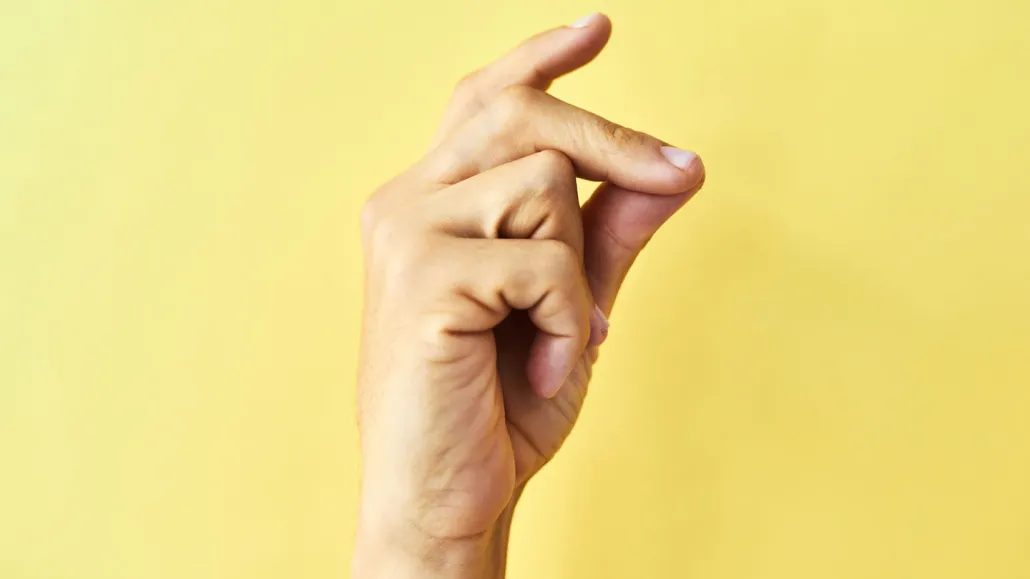
A finger snap produces one of the fastest rotational motions known in the human body, almost as fast as some professional baseball pitchers’ arms.
PeopleImages/iStock/Getty Images Plus

A finger snap produces one of the fastest rotational motions known in the human body, almost as fast as some professional baseball pitchers’ arms.
PeopleImages/iStock/Getty Images Plus